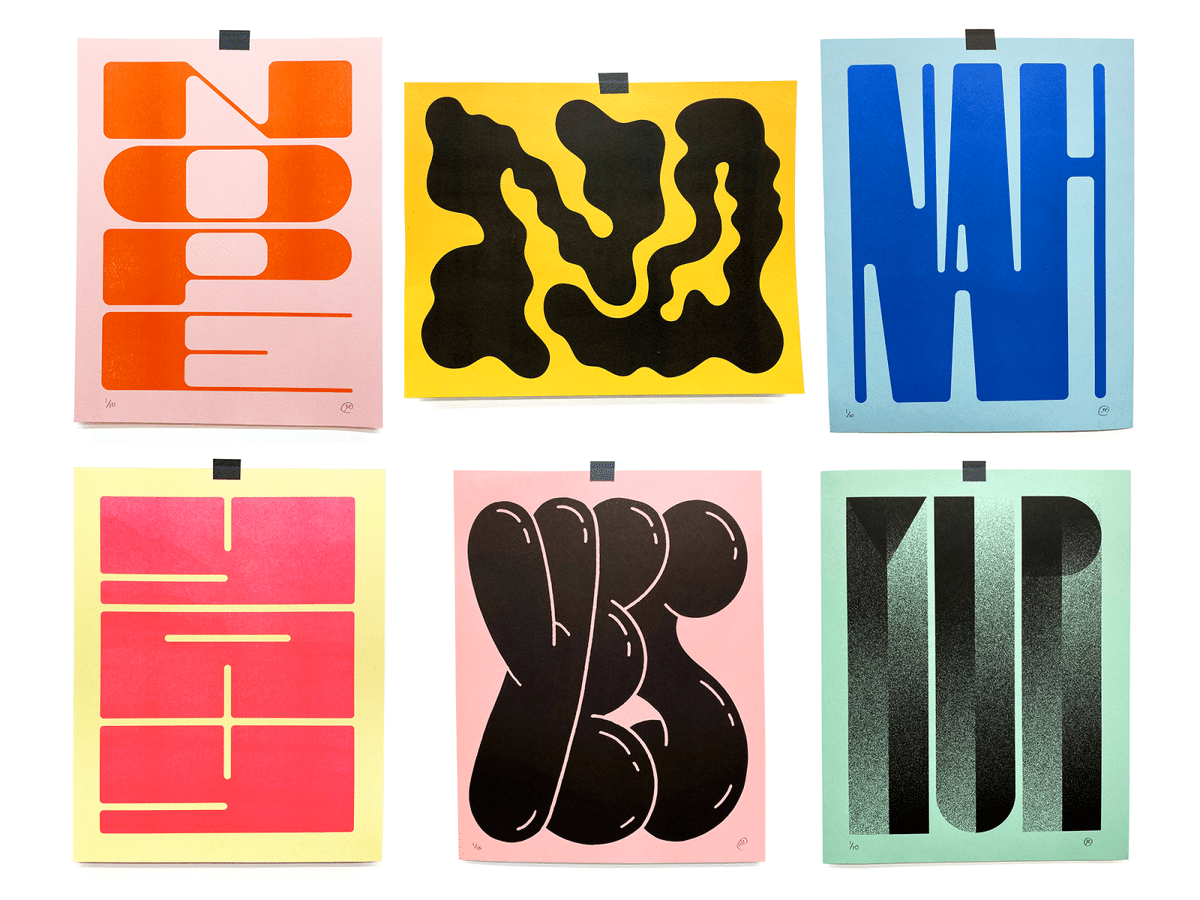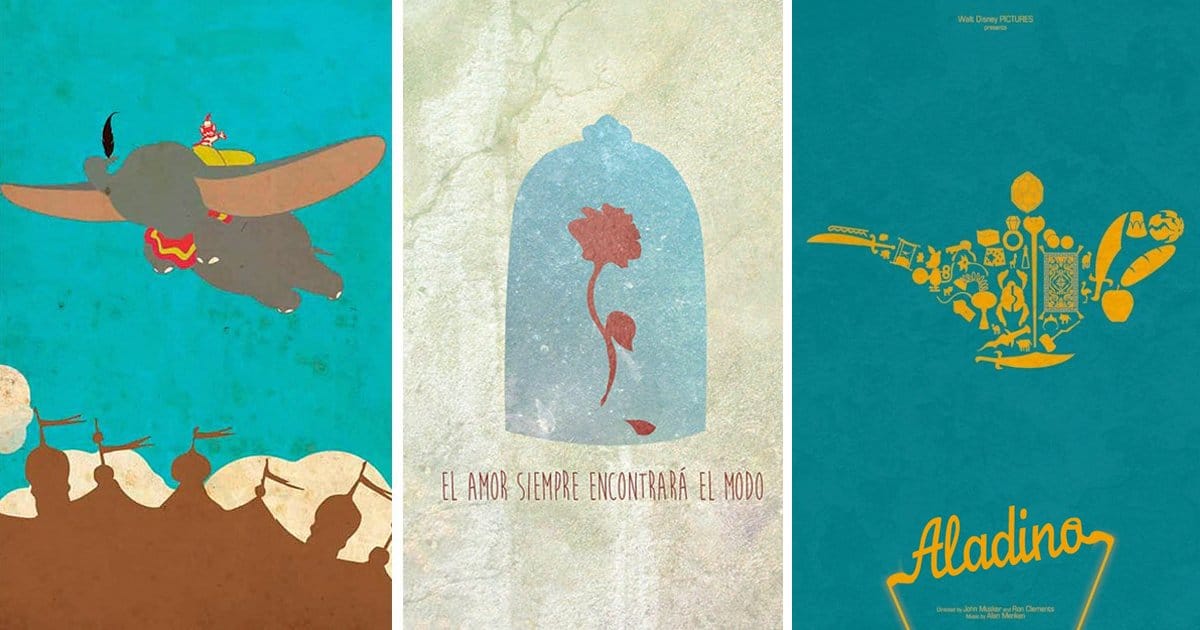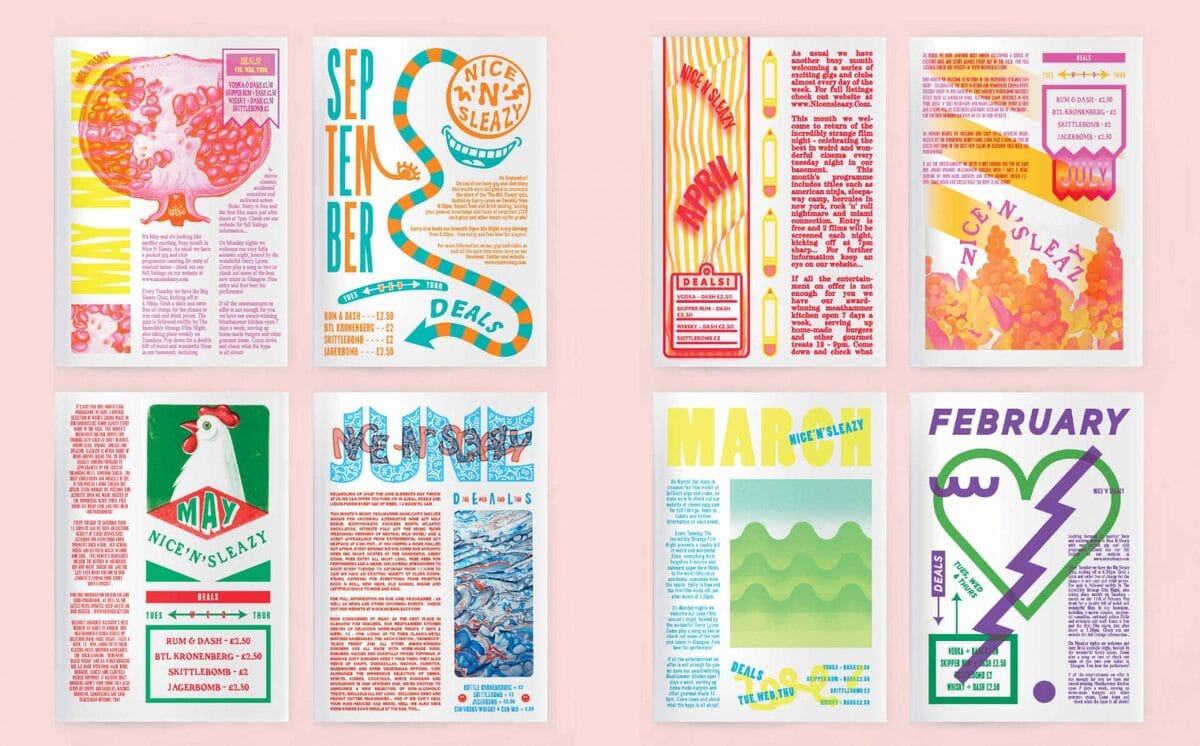
Source: risography
Risography is a printing technique that until recently was unknown, but it has been developing in recent years due to its advantages. Regarding its operating system, we could say that it is quite similar to that of a copier, or a screen printing printer. One of the biggest advantages of this system is that you don't need to invest a lot of time or resources. By having "flaws" in their printing, they make the result appear to be handmade.
At first glance, this is a simple technique, but you have to consider several factors. The end result is impressive, thanks to the intensity of the colors, the texture and the perfect finish. But how do you attract followers every day?
What does it consist of la risography?
La Risography is a high-speed digital printing procedure on a flat, continuous surface. It was created by Riso Kagaku Corporation. It was mainly created to make large print runs and photocopies. It is also known as a printer-duplicator.
For risography, monochrome inks can be used such as fluorine pink and orange, gold, purple, yellow, black, and turquoise. The ink is transparent, not opaque, so if we overprint one color over another, a third color will be produced.
How does risography work?
The "master" or template is created based on the original scanned by the machine. The small holes are made by the thermal system and correspond to the area of the original. The stencil wraps around the ink drum and the ink seeps out of the small holes. When the drum rotates at high speed, the paper passes through the inside of the machine to obtain a print.
The printer used for this is a machine with a stencil roller. It moves along a stable row-like line, a print line, back and forth. The impression is made with a very small electrical charge that enters the material with the help of a positive charge, a negative one, una heartlaughe by una línea eléctrica, una heartlaughe alternatea o heartlaughe directa. Risography can print on a variety of On the way and sizes, but these They must be uncoated and not very thick.
This can have a single print line, that is, it prints only one line at a time. This technique uses ink without resin, it is made with a soy base, which does not contain volatile solvents. It is used in the production of advertising posters, catalogs, cards, fanzines, etc.

Benefits of risography

Source: yorokobu
- You accomplish short runs at low cost. Although the greater the number of copies, the lower the price per copy.
- This technique respect the environment in the printing process.
- This printer consumes little energy due to its cold process.
- Are obtained really original parts.
- The result has a 'handmade' look similar to the one we would have with screen printing.
Requirements for using risography
To use this technique you have to take into account several factors:
- You should make multiple individual digital documents for each color. These documents must be in grayscale or must be done using color separation.
- Generally, the paper format you can print is A4 or A3. Although there are other formats.
- This type of documents they do not admit bleed printing. So the printing area on the A4 would be 19 x 27,7cm while on the A3 it would be 27,7 x 40cm.
- As to Paper weight this ranges between 50 and 210g.
- To prevent uneven ink buildup, marks, or jams in the printer, it is best to omit large masses of ink.
File Preparation
When preparing digital files to send them to a printing company they must be in PDF, JPEG, Illustrator or InDesign format. Something that is important to keep in mind is that the fonts have to be traces and the images embedded. The riso machine interprets the colors in grayscale so your files must be in grayscale.
As we have already mentioned before, the colors must also be separated in different files or layers. If your file contains large areas of ink, the black should have a 90% opacity, since if you are going to give more than one pass, paper jams are avoided. By last, It is advisable that you send the final result to the printer, so that they have a guide to your work.
Now that you know a little more about this technique and how it is prepared to be sent to the press. You are ready to experiment with it and create unique and original pieces with which to surprise your future clients. Ahead!